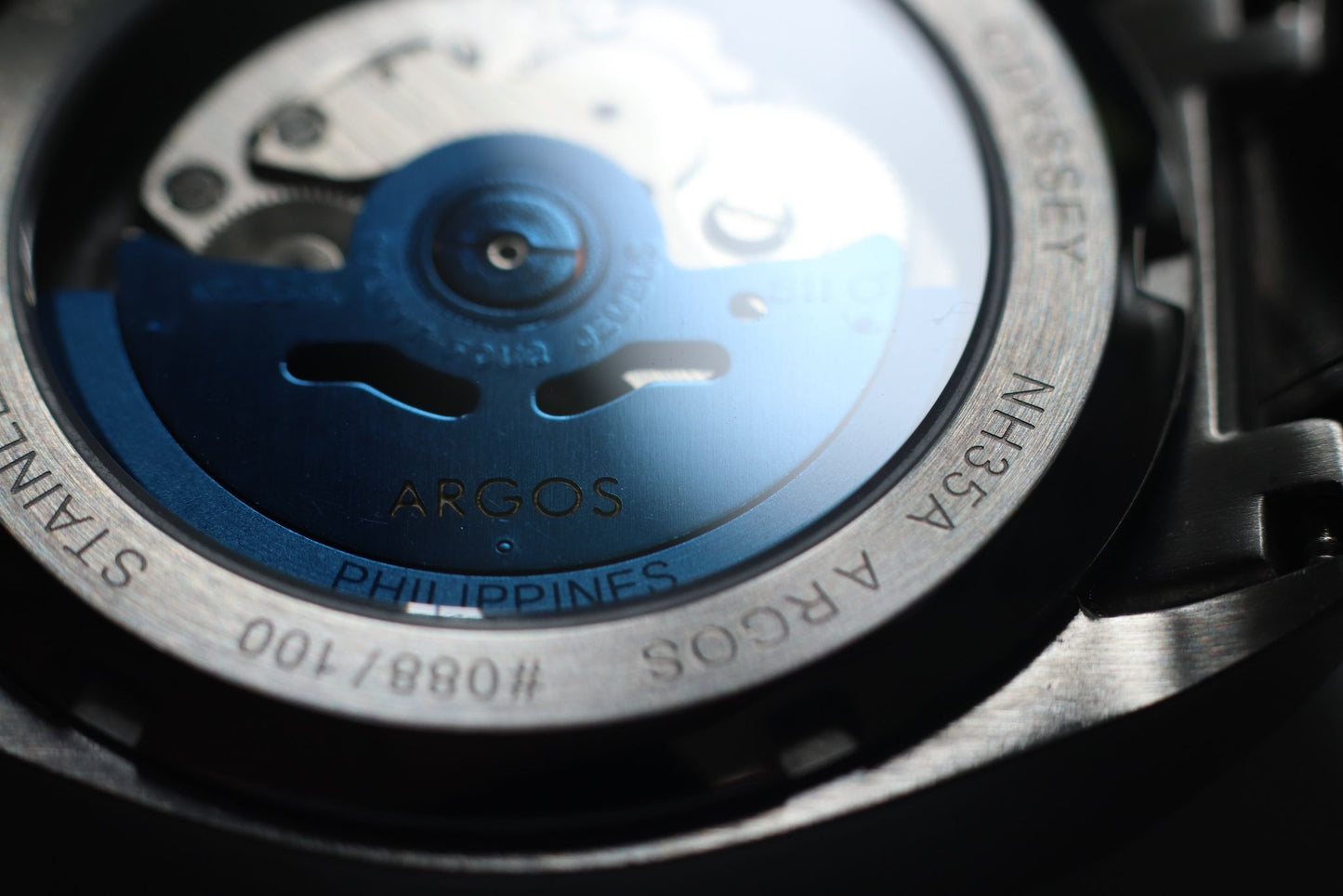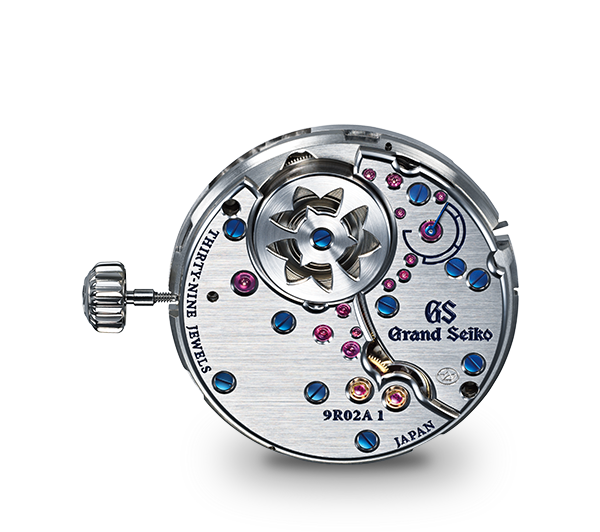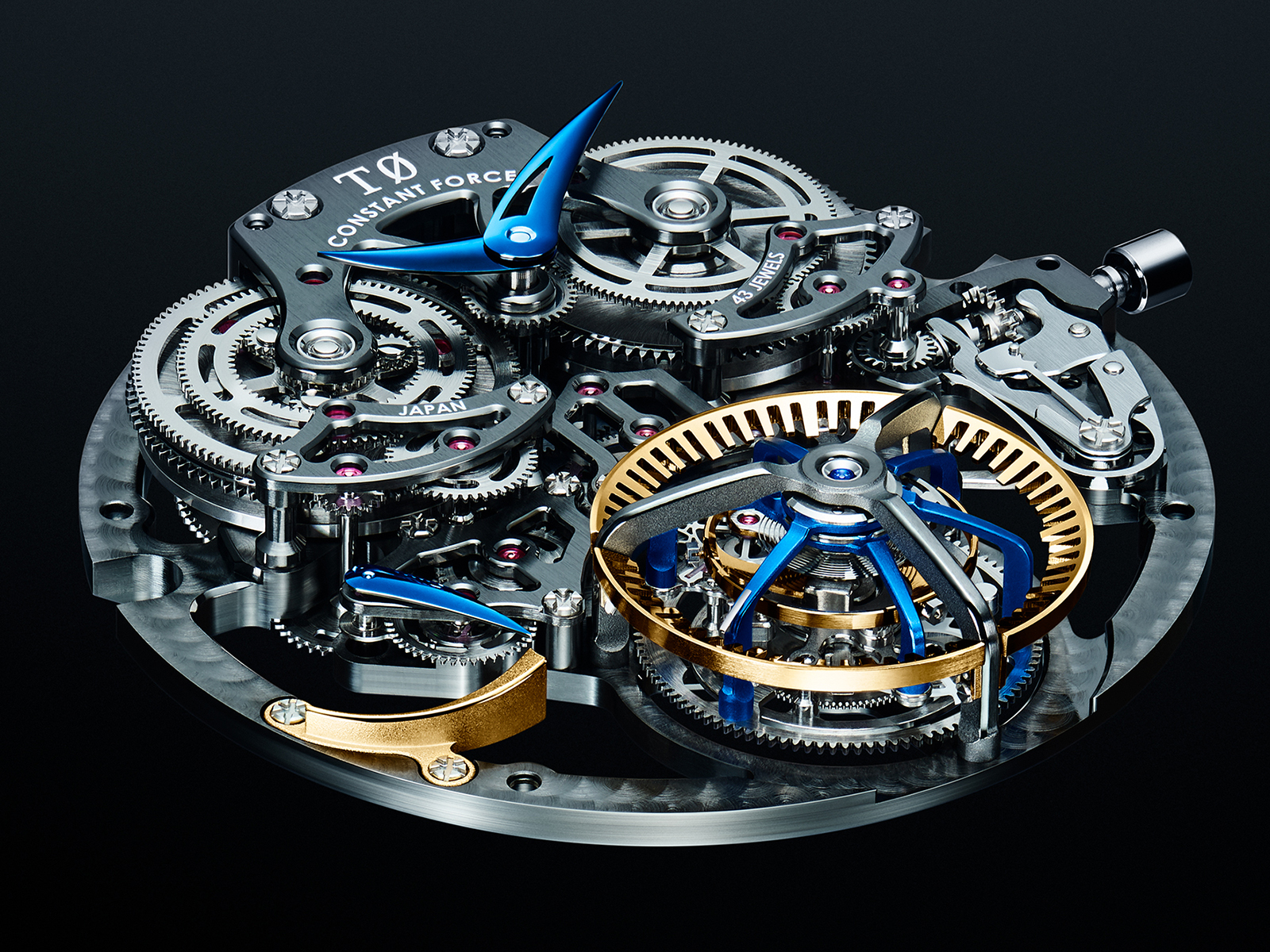
Laptops, mobile phones, and most all modern technological advancements have processors, apart from the chips, boards, conductors, and whatever else functions as the "brains" of the machine. And while "smart" technology continues to evolve, some things such as wrist watches rely on something other than a mind. The true essence of a mechanical timepiece lies in its beating heart – its movement. As a watch's foundation lies in the machine, the movement is where a watch derives its longevity, accuracy, and appeal. Today we delve into what makes a watch really tick, and how important is it to choose a movement which is the cornerstone of horology.
The strength of a good watch movement does not solely rely on the intricate mechanics but also in the delicate balance between the time-honored art of watchmaking and the innovative technologies of the modern era. True masters of the watchmaking craft combine centuries-old techniques with cutting-edge materials and engineering to create movements that stand the test of time.
From centuries-old manual winding movements, the discovery of the automatic, to the quartz revolution, and everything beyond and in-between, embodies time-honored techniques, skilled craftsmanship, and unparalleled attention to detail. The tiniest pieces of a well-made watch movement would have details as small as 30 microns – almost as small as a red blood cell, and such would only be visible under a microscope.

This requires precision in the highest level, from modern machines with pinpoint accuracy, to steady hands and clear eyes coupled with years of training for those parts which need to be made and assembled by humans. But at the very center of these pursuits we find watch movements which are durable, robust, and accurate.
The true magic of a mechanical watch movement lies in its mesmerizing symphony of movement. Starting with the winding and unwinding of the mainspring, regulating the power with the balance wheel, and finally moving the hands, everything is used to create a harmonious piece. The dawn of the automatics places a new convenience in the form of a rotor which winds the mainspring with movement. The quartz, created as a form of peak accuracy, foregoes the traditions of watch parts for a simple structure: an electric current through a batter, drives towards a frequency of one beat per second – the signature tick of a watch.
Of course, there are more than just these three mainstays. Seiko's Kinetic and Spring Drive movements take watchmaking a notch higher by combining mechanical and quartz technologies. Other companies created another hybrid movement in the form of solar power. Citizen's Eco-drive is a notable name in this space, requiring only a few minutes of sunlight to power a watch for months on end.
Watch movements also evolved to incorporate complications which elevate functionality and ensure accuracy. These include the tourbillon, chronograph, GMT, and retrograde. On the flip side, some complications showcase the pinnacle of ideation, mastery of watches, and top level craftsmanship, such as the minute repeater.

As to the discussions of the pros and cons of each movement and their respective complications, that may come at another time. What's important to look at right now is how informed your choice of movement will affect the watch, and your satisfaction as well.
Let's be real for a second: anyone can get a dropship watch with a cheap mass-produced quartz movement which will most definitely break within 6 months of use. But to own a watch with a movement which has a clear heritage, history, or backed up with a rich technical background is the one you should get. Reliability, durability, accuracy, together with choice of material, jeweling, and other features play a part in creating an image of what a good movement is. As generations pass, the sentimental value of a watch grows exponentially, carrying the stories and memories of those who came before us. This comes as a great importance more so as quality watches are intended to be passed on to future generations.

In buying a watch, the movement should never be compromised. This is, after all, the heart and soul of the entire machine. It is a marvel that encapsulates the essence of time itself, embodying the eternal pursuit of precision and the artful balance of tradition and innovation. Whether you enjoy the smooth sweep of the seconds hand or the accuracy that comes with every tick of the seconds hand, the main point of decision comes after answering the question "Will this last?"

We believe that transcending the boundaries of craftsmanship, engineering, and technology, a truly good watch movement will connect to a wearer on a profound level – where one forgets about the worries of owning the watch, and simply enjoys it as a whole. To that extent, the answer should be a resounding "yes."

